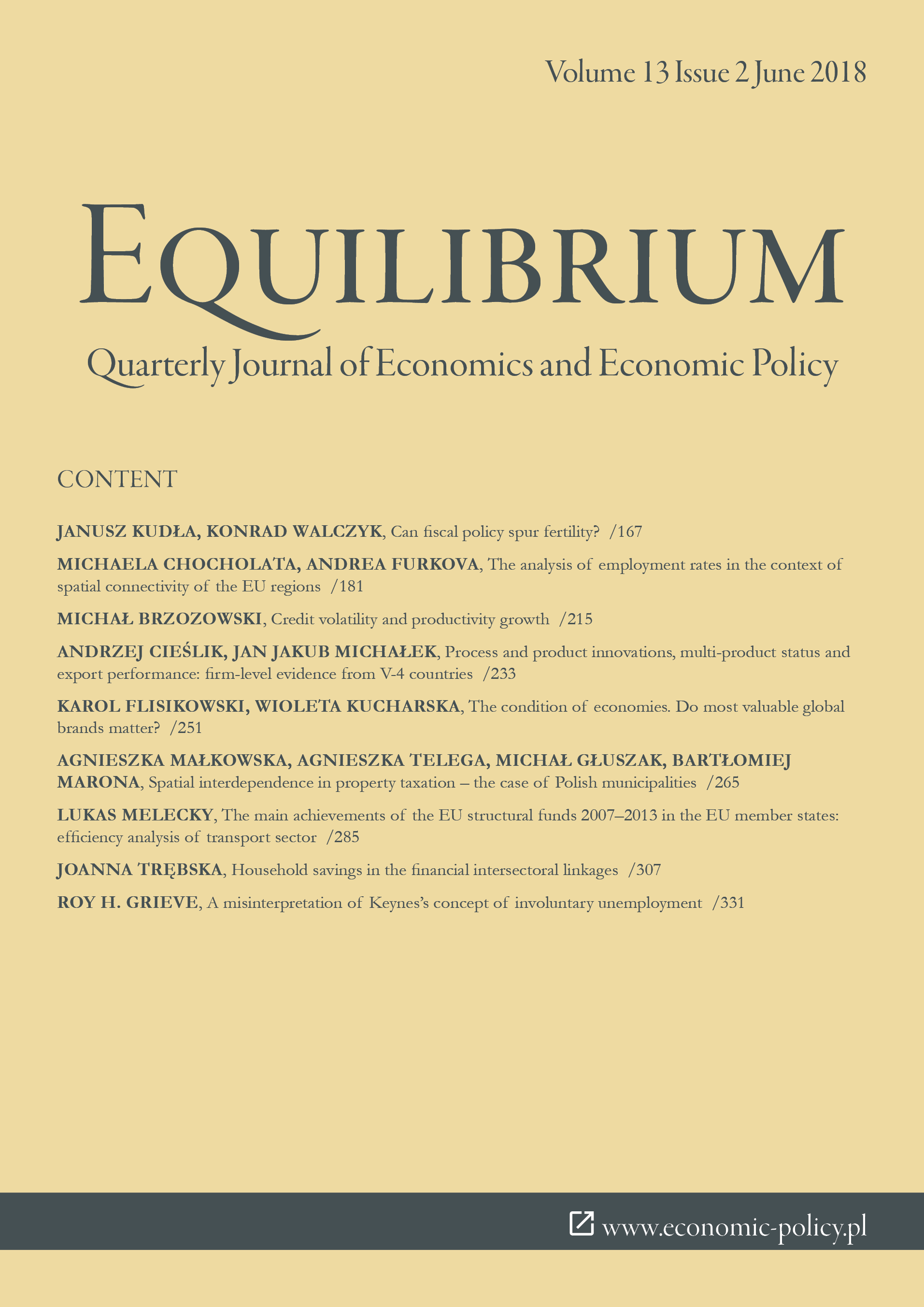A misinterpretation of Keynes’s concept of involuntary unemployment
A misinterpretation of Keynes’s concept of involuntary unemployment
Author(s): Roy H. GrieveSubject(s): Economy, Labor relations
Published by: Instytut Badań Gospodarczych
Keywords: voluntary unemployment; derived demand for labor; involuntary unemployment;
Summary/Abstract: One of the principal contributions of Maynard Keynes’s General Theory was identification of the phenomenon of involuntary unemployment, due (on account of adverse expectations and confidence on the part of potential buyers) to a want of demand for the quantity of output which a fully-employed labor force was capable of producing. Such unemployment, he insisted — contrary to conventional opinion — was not due to workers pricing themselves out of work by demanding wages higher than employers could afford. Far from unemployed workers being themselves responsible for their plight, they were, in reality, victims of circumstances beyond their control. Keynes’s understanding was, for many years, widely accepted by academics, policy-makers and the general public. In recent times, however, mainstream macroeconomic theory has shown a regrettable tendency to return to old modes of thinking. Blame for unemployment is again put on the workforce, whose alleged misunderstanding or slow response to change are said to imply seeking employment on unrealistic terms. A more extreme view is that worklessness may reflect a deliberate choice of leisure. To anyone skeptical of the validity of such analyses there is a clear need to recover the Keynesian understanding of the possibility not just of frictional or voluntary, but also of involuntary unemployment. Purpose of the article: Ezra Davar, recognizing that it is important not to lose sight of the idea of involuntary unemployment, has recently attempted in this Journal to explain Keynes’s concept. Unfortunately, however, he fails to recognize that Keynes accounted for involuntary unemployment as resulting from deficiency of aggregate demand for output, not as the consequence of any supply-side factor. In attributing involuntary unemployment a peculiarity in the labor supply function Davar quite misses Keynes’s point, and in fact identifies as involuntary unemployment a situation of what Keynes would have described as “voluntary” employment. The objective of the present note is to clear up this misunderstanding.
Journal: Equilibrium. Quarterly Journal of Economics and Economic Policy
- Issue Year: 13/2018
- Issue No: 2
- Page Range: 331-348
- Page Count: 18
- Language: English

